How to Start Broiler Chicken Farming – A Beginner’s Guide to Poultry Farming
If you’re new to poultry farming for beginners and want to learn how to start poultry farming, broiler chicken farming is one of the best ways to begin. Compared with layer farming, broiler farming focuses on meat production rather than eggs. It’s one of the fastest-returning agricultural businesses, especially when using modern automated systems. This guide explains how to start a chicken farm, from setup to marketing, and introduces different types of broiler cage systems to help you choose the best one for your needs.
What Is Broiler Chicken Farming?
Broiler chickens are raised specifically for meat production. Unlike laying hens, broilers are bred for rapid weight gain and high feed efficiency. They typically reach market weight in just 6 to 8 weeks, allowing farmers to achieve fast turnover and strong profitability.
Why Start a Broiler Chicken Farm?
1. Fast Growth and Quick Returns
Broilers grow extremely fast. From one-day-old chicks to market-ready birds, it only takes about 45 days. With proper management, you can raise several batches per year, ensuring a steady cash flow and profit cycle.
2. High Market Demand
Chicken meat is one of the world’s most popular and affordable protein sources. Demand continues to grow in both urban and rural areas, making it easy to sell your birds at favorable prices.
3. Efficient Use of Space
Broiler farming requires less space compared to other livestock industries. By using automatic broiler cage systems, you can increase stocking density and management efficiency, maximizing land utilization.
4. Scalable and Flexible
You can start small—raising just 500 to 1,000 birds—and scale up to 10,000 or even 100,000 birds as your business grows. Automated systems make expansion easier and more cost-effective.
How to Start Poultry Farming for Broilers
Starting a broiler farm involves careful planning, good management, and the right equipment. Below are the essential steps every beginner should follow.
Step 1: Develop a Business Plan
A broiler chicken farming business plan acts as your roadmap. It should include:
-
The number of birds you plan to raise per batch.
-
The land area and housing requirements.
-
Estimated costs for land, cages, chicks, feed, and vaccines.
-
Expected production cycle, revenue, and profit.
Having a detailed plan helps you budget accurately and attract investors or loans if needed.
Step 2: Choose the Right Location
Select a rural or semi-rural area with access to water, electricity, and transportation. Avoid residential zones to prevent odor or noise complaints. Your farm should have:
-
Good ventilation and drainage.
-
Accessibility for vehicles transporting feed and harvested chickens.
-
Distance from other farms to reduce disease transmission.
Avoid flood-prone areas and ensure your site can accommodate future expansion.
Step 3: Build a Broiler House
The broiler house design directly affects productivity and survival rates. The house should provide a clean, dry, and well-ventilated environment. There are two general types:
-
Open poultry houses – Best suited for tropical or warm regions. They rely on natural ventilation.
-
Closed or environmentally controlled houses – Equipped with tunnel ventilation and cooling pads for large-scale operations.
HIGHTOP’s steel-structure chicken houses are durable, weather-resistant, and quick to install—ideal for commercial farms that value efficiency and long service life.
Step 4: Install Poultry Equipment
This is one of the most critical steps when learning how to start a chicken farm. Poultry equipment defines your farming method, automation level, and long-term profitability. There are two main approaches to broiler farming: free-range (floor farming) and cage farming.
1. Free-Range (Floor) Broiler Farming
In floor-based systems, broilers are raised on litter-covered floors. You’ll need:
-
Automatic feeders and drinkers
-
Brooder heating systems
-
Manure cleaning tools
-
Lighting and ventilation systems
This system is common for small to medium farms but requires more labor and space.
2. Cage Broiler Farming
Cage farming offers higher density, better hygiene, and automation options. It’s the modern solution for commercial-scale broiler production. Broiler cage systems can be classified into four main types:
(1) Ordinary Cage Farming
This is the most basic cage system.
-
Chickens are raised in multi-tier wire cages made of Q235 mild steel with anti-corrosion coating.
-
Feeding, watering, and manure cleaning are done manually.
-
Suitable for small farms with fewer than 2,000 broilers.
It’s low-cost but labor-intensive.
(2) Automatic Cage Farming
This system integrates automation for feeding, watering, and manure removal.
-
Includes automatic feeding lines, nipple drinkers, and belt-type manure removal systems.
-
Greatly reduces labor and ensures a cleaner environment.
-
Ideal for farms with 5,000–20,000 birds.
Automation improves feed efficiency and lowers mortality rates.
(3) Semi-Automatic Harvesting Cage Farming (Pull-Out Slat Type)
Also known as the pull-out automatic broiler harvesting cage, this system includes:
-
Automatic feeding, watering, and manure cleaning systems
-
Environmental control system (for temperature and ventilation)
-
Pull-out plate mechanism for harvesting: when it’s time to collect chickens, simply pull out the plate at the cage bottom. The birds gently fall onto the manure belt, which transports them to the end of the house for easy collection.
This system significantly reduces manual labor and improves the safety of bird handling. It’s best for medium to large farms.
(4) Fully Automatic Harvesting Cage Farming (Chain-Type Broiler Cage)
This is the most advanced system, also called the New Chain Type Harvesting Broiler Cage. It integrates full automation:
-
Automatic feeding, watering, manure removal, and climate control
-
Chain-type broiler harvesting system: at harvest time, press a button and the cage mesh on the side rises. The bottom mesh becomes a conveyor belt, automatically transporting chickens to the end of the cage row. A cross conveyor then moves them outside the house for collection.
This system minimizes labor costs, prevents bird injury, and maximizes efficiency—ideal for large-scale commercial farms exceeding 30,000 broilers.
Each cage system can last 15–20 years with proper maintenance, thanks to hot-dip galvanized or aluminum-zinc coated steel that resists corrosion even in humid climates.
Step 5: Purchase Healthy Chicks
Buy one-day-old chicks from a reliable hatchery. Healthy chicks grow faster and have lower mortality. Make sure they are vaccinated against common diseases like Newcastle disease and infectious bronchitis.
Step 6: Feeding and Nutrition
Feed represents about 70% of your production cost, so managing it efficiently is vital.
-
Provide high-protein starter, grower, and finisher feeds according to age.
-
Use automatic feeding machines to distribute feed evenly.
-
Ensure constant access to clean water through automatic nipple drinkers.
A consistent and balanced diet accelerates growth and improves feed conversion rates (FCR).
Step 7: Disease Control and Hygiene
Broilers are sensitive to environmental changes. Maintain good hygiene by:
-
Regularly disinfecting equipment and houses using disinfection sprayers.
-
Installing automatic manure cleaning belts to remove waste daily.
-
Maintaining proper ventilation and temperature through environmental control systems.
-
Restricting farm access to prevent disease introduction.
Vaccinate birds according to schedule and consult a vet regularly.
Step 8: Harvesting and Marketing
Depending on your system, harvesting may be manual or automated:
-
Manual harvesting (ordinary cages) requires workers to catch and carry chickens out.
-
Semi-automatic or chain-type cages allow you to harvest birds automatically, saving time and reducing injuries.
Market your chickens through:
-
Local wet markets and supermarkets
-
Restaurants and food processors
-
Contracts with distributors for large-scale sales
Efficient harvesting and reliable buyers ensure steady revenue.
Challenges in Broiler Chicken Farming
-
High Feed Costs – Use automated systems to reduce waste and optimize feeding.
-
Disease Outbreaks – Maintain strict biosecurity and sanitation.
-
Temperature Control – Proper environmental systems prevent heat stress.
-
Market Fluctuations – Build long-term contracts to stabilize profits.
Summarize
For beginners exploring how to start poultry farming, broiler chicken farming offers one of the fastest and most profitable opportunities in agriculture. By selecting the right broiler cage system—from ordinary cages to fully automated chain-type harvesting—you can optimize labor, reduce disease, and improve production efficiency.
HIGHTOP Poultry Equipment provides complete solutions, including automatic feeding, watering, manure removal, and environmental control systems, along with durable steel-structure chicken houses. Whether you’re starting small or aiming for a large commercial operation, the right equipment and planning will set you up for success in modern poultry farming.



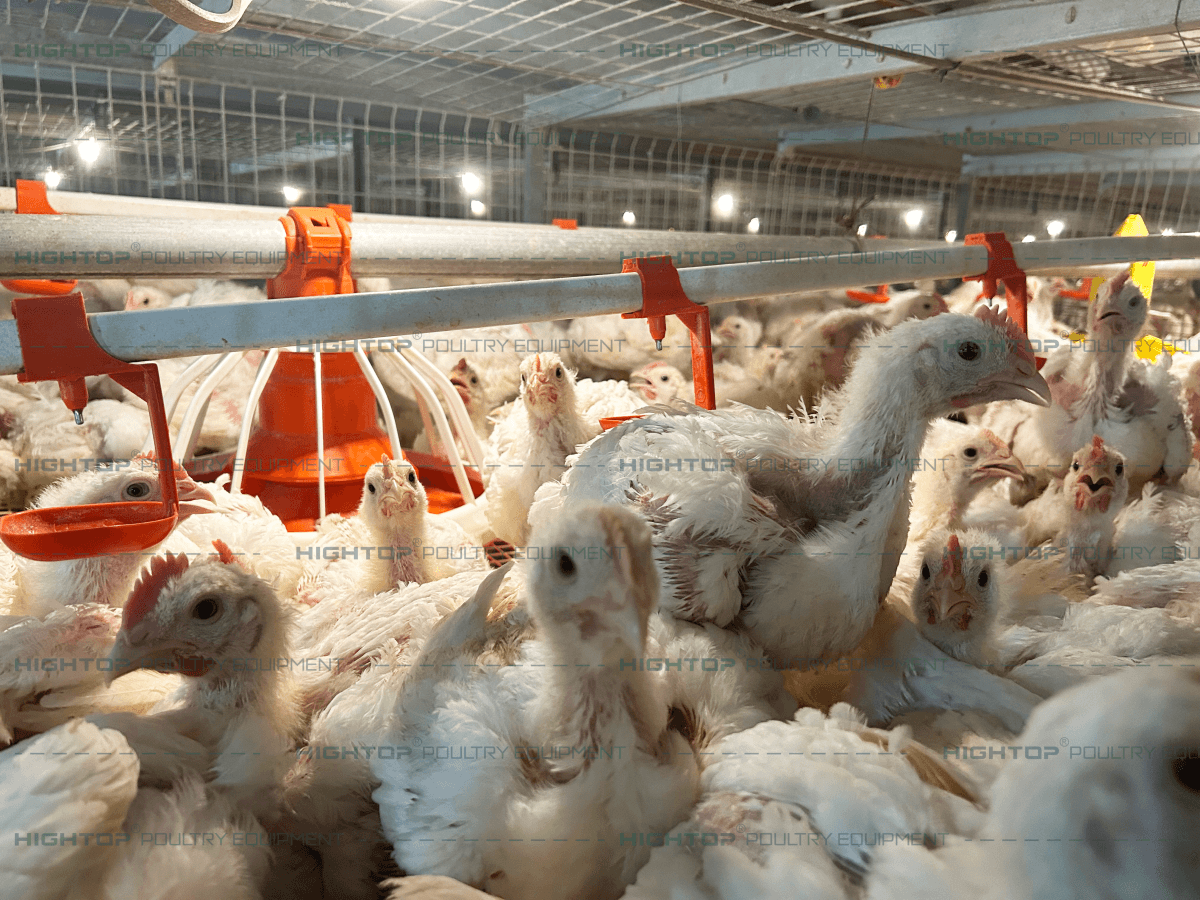


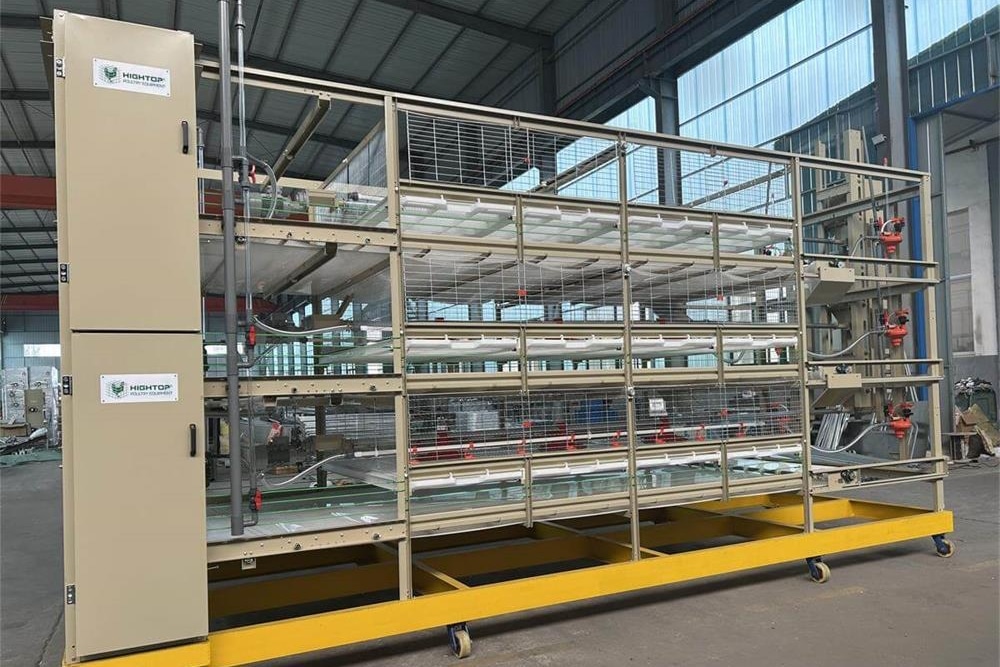

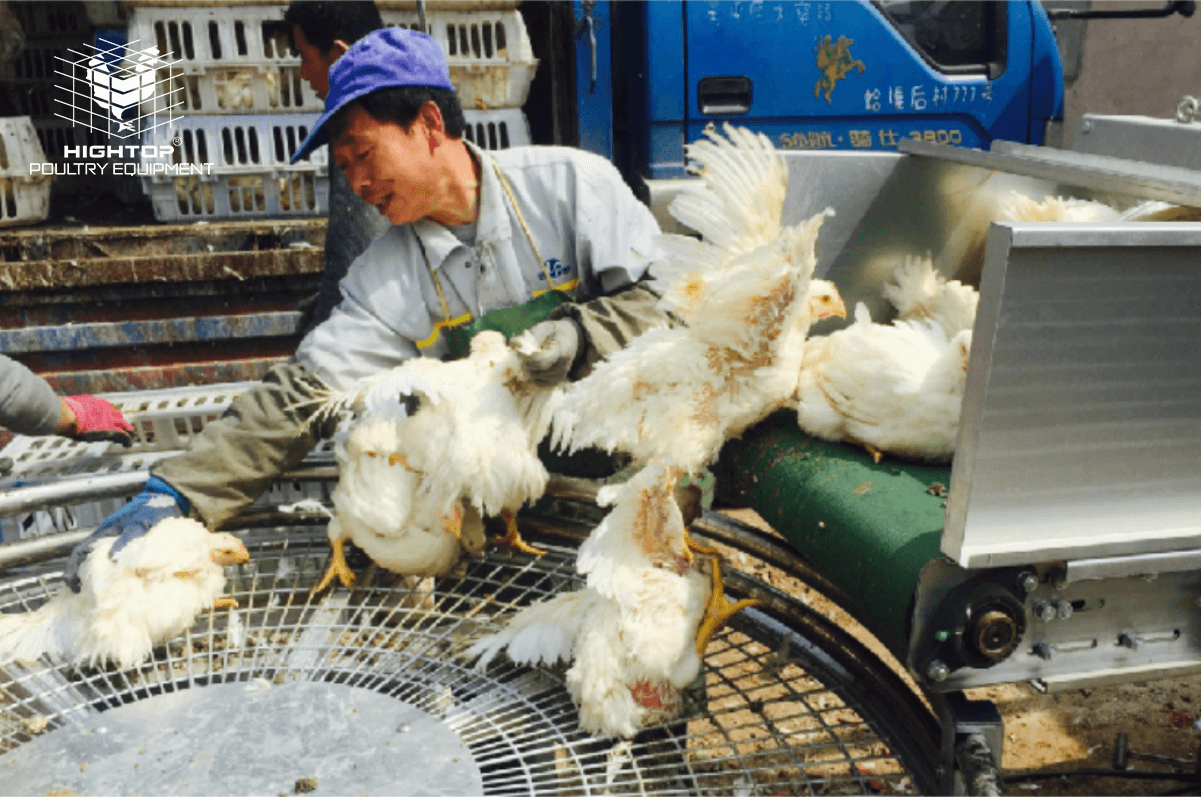
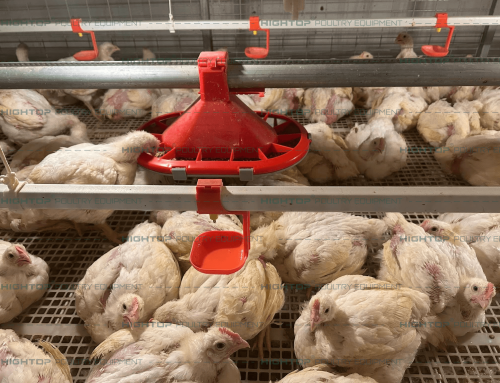
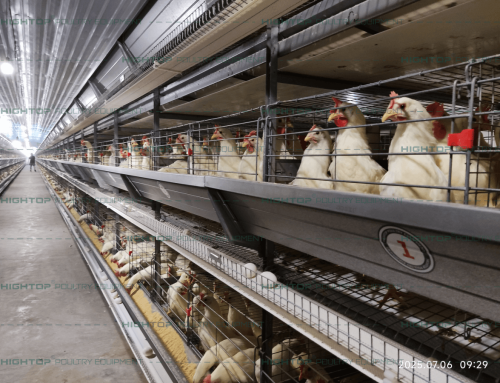
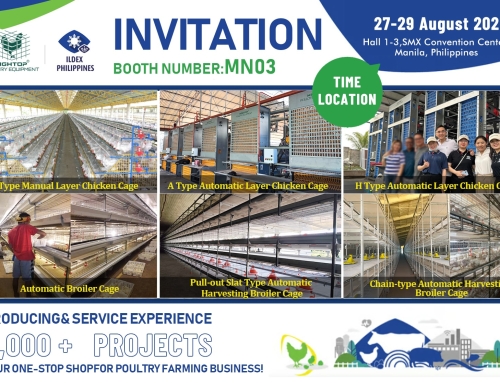
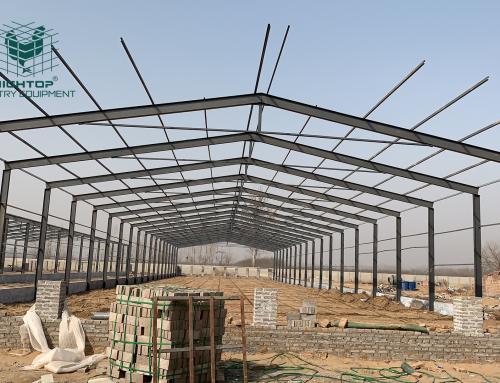
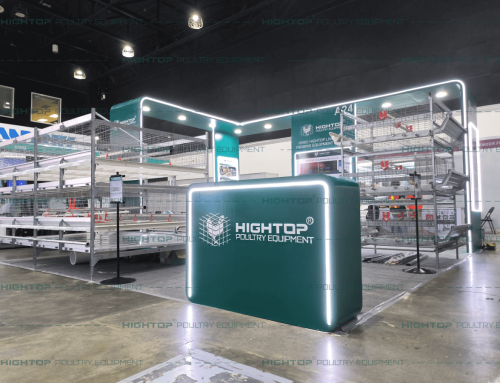
Leave A Comment